Echo Art Restoration: Breathe New Life into Timeless Treasures
Transforming Vintage Art with Passion and Precision.
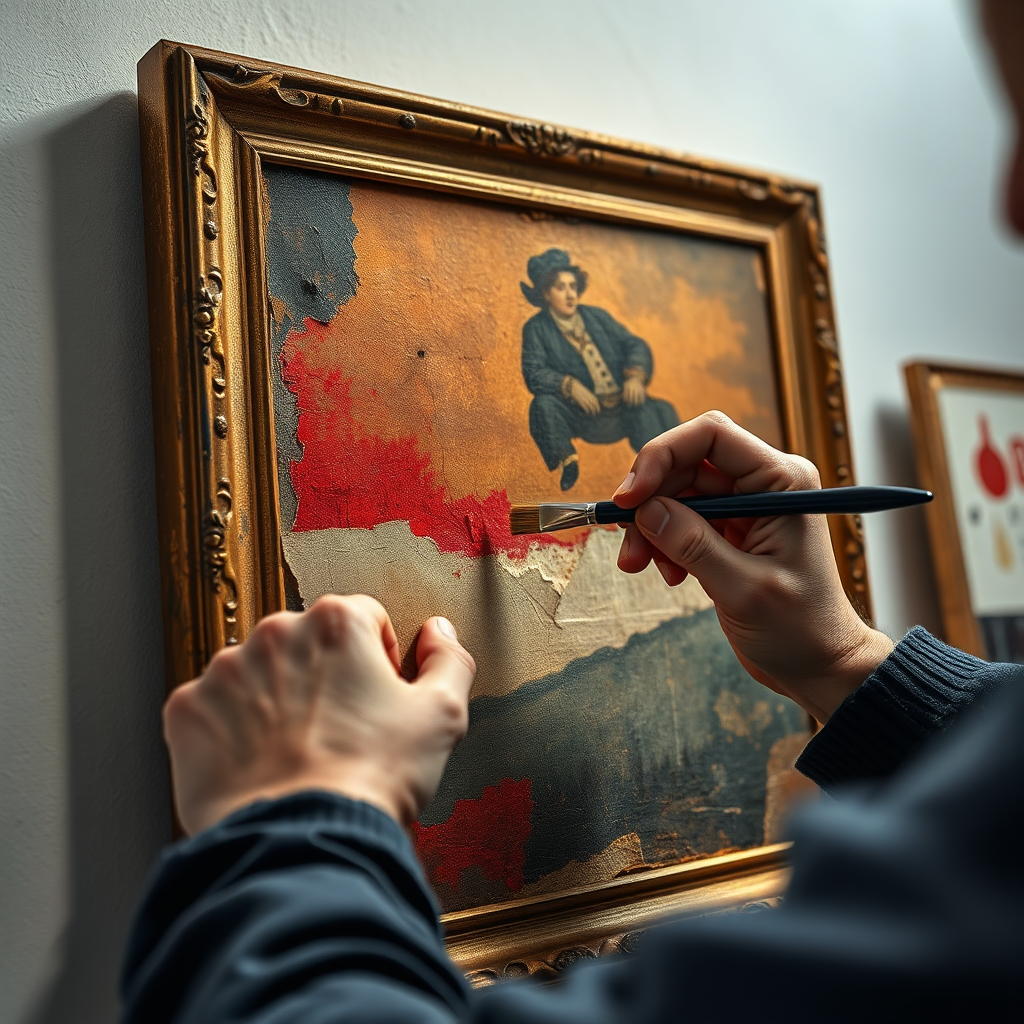
About Us
Echo Art Restoration is dedicated to transforming vintage art into its former glory. With a passion for preserving history and a commitment to artistic integrity, we meticulously restore each piece, breathing new life into timeless treasures and ensuring their beauty endures for generations to come.
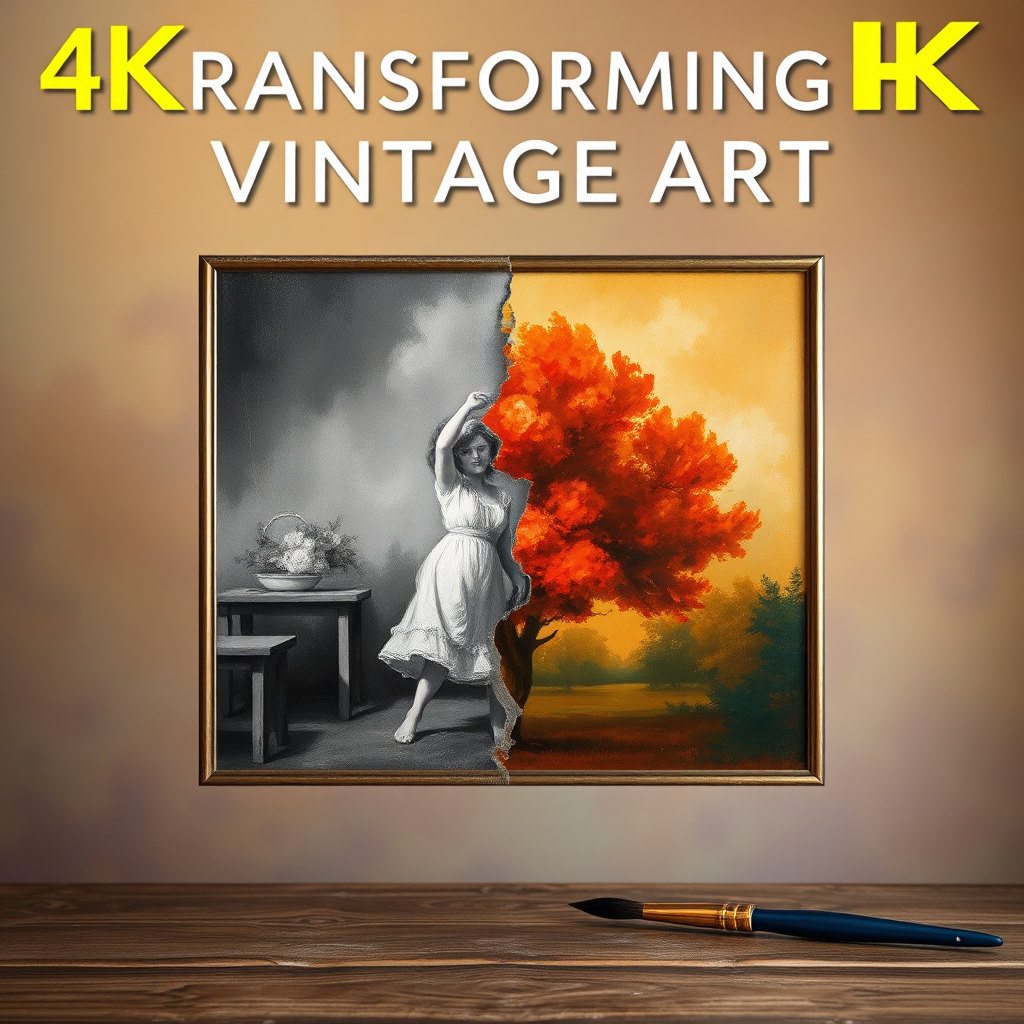
Reimagining the Classics: Transforming Vintage Art
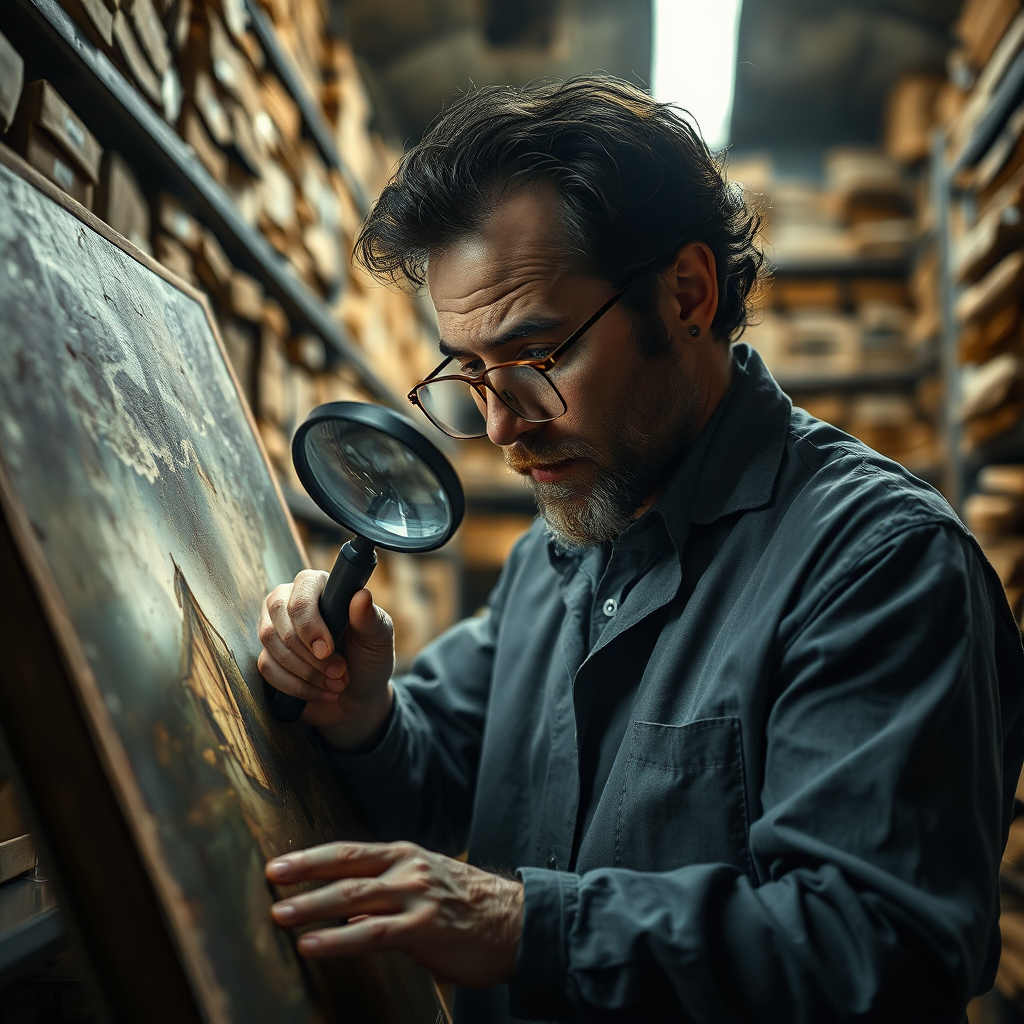
Preserving History
Our meticulous restoration process honors the original artist's vision while ensuring the artwork's longevity for future generations.
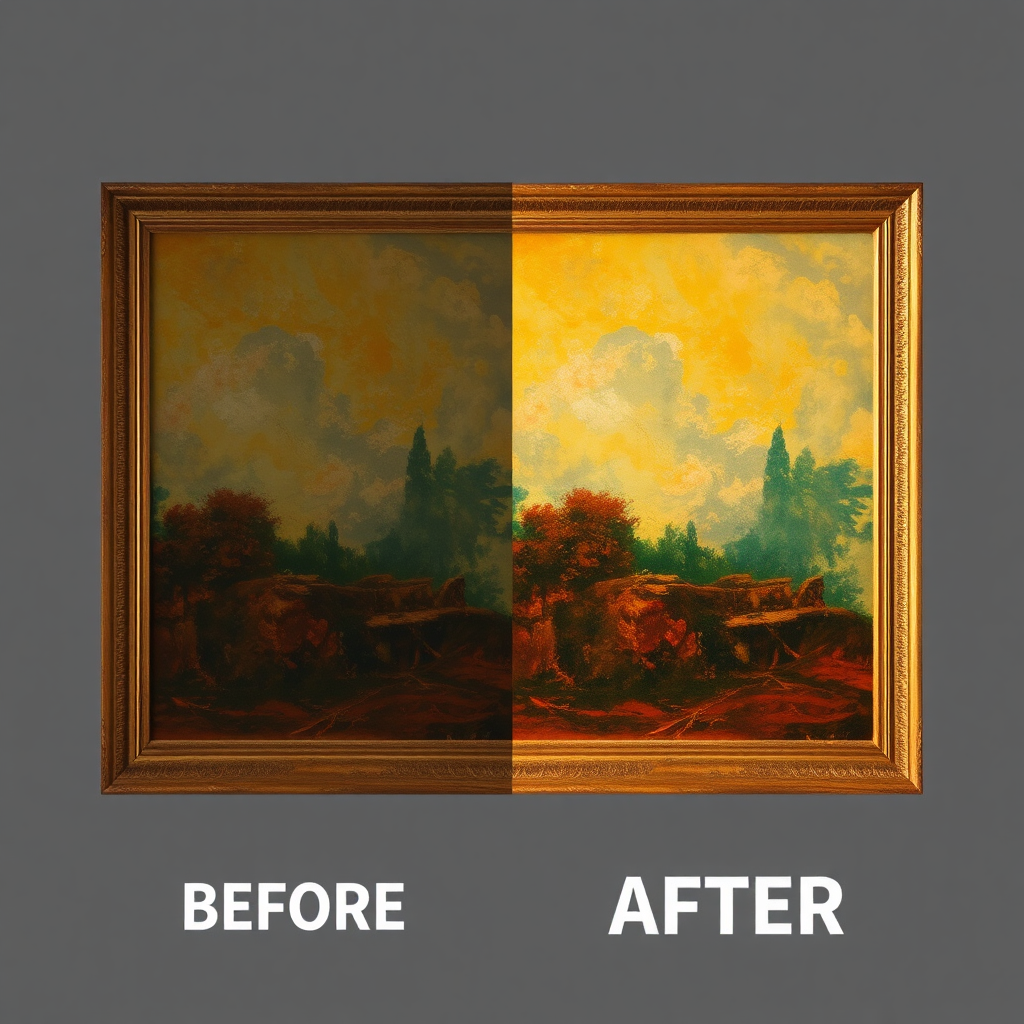
Reviving Colors
We use advanced techniques to bring back the original vibrancy and depth of color to faded and damaged artworks.
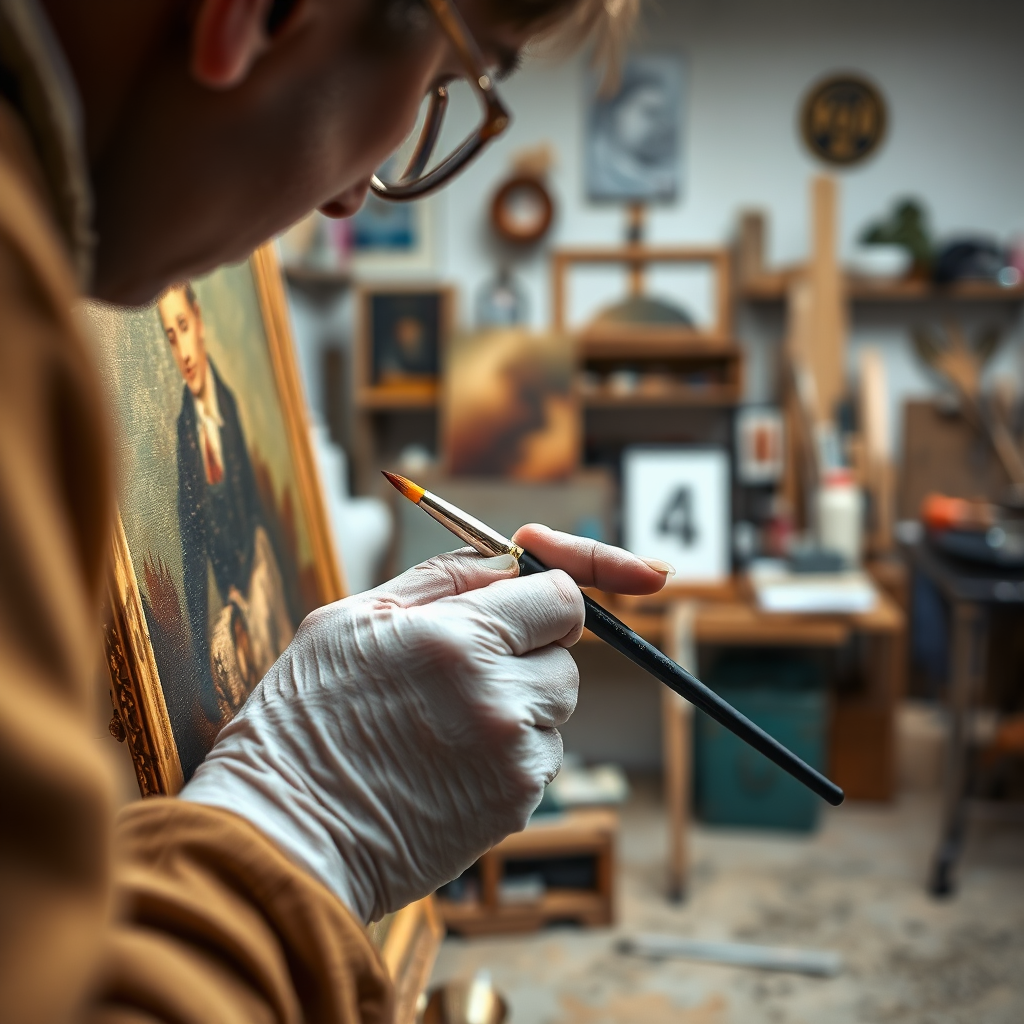
Expert Craftsmanship
Our team of skilled art restorers combines years of experience with a passion for art to deliver exceptional results.
Vintage Art Transformed: New Life for Old Masterpieces
Damage Assessment
We conduct thorough assessments to identify and address all forms of damage, from minor scratches to major structural issues.
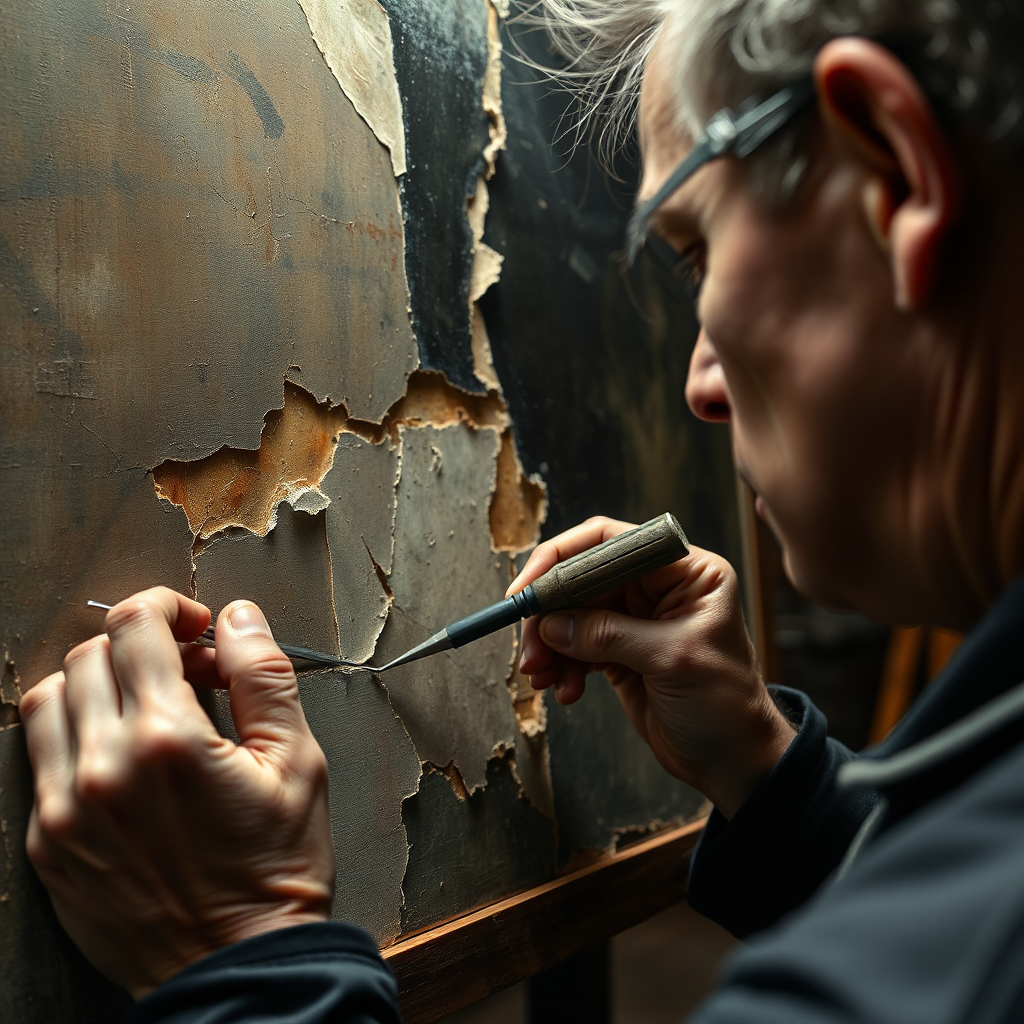
Cleaning and Repair
Our gentle cleaning and repair methods remove dirt, grime, and old varnish without harming the original artwork.
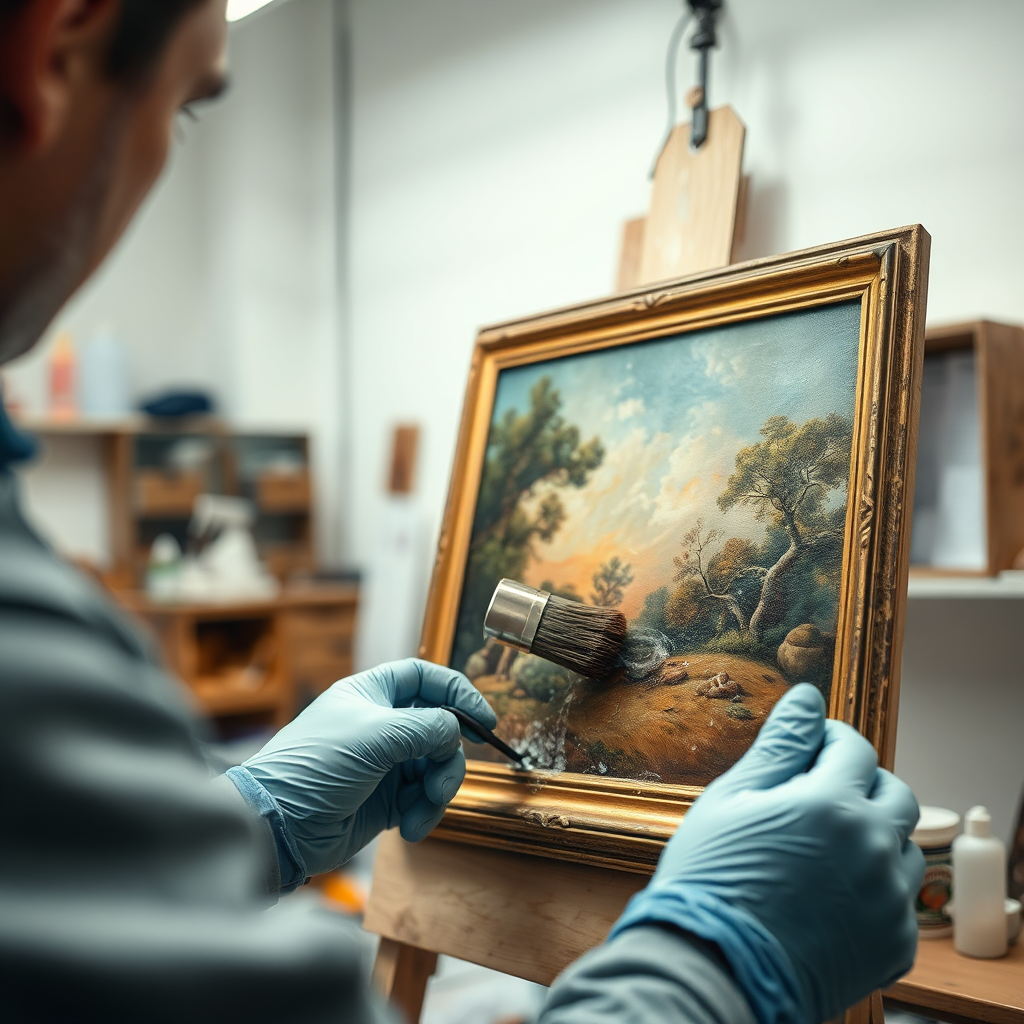
Structural Stabilization
We reinforce weakened canvases and frames to ensure the structural integrity of the artwork for years to come.
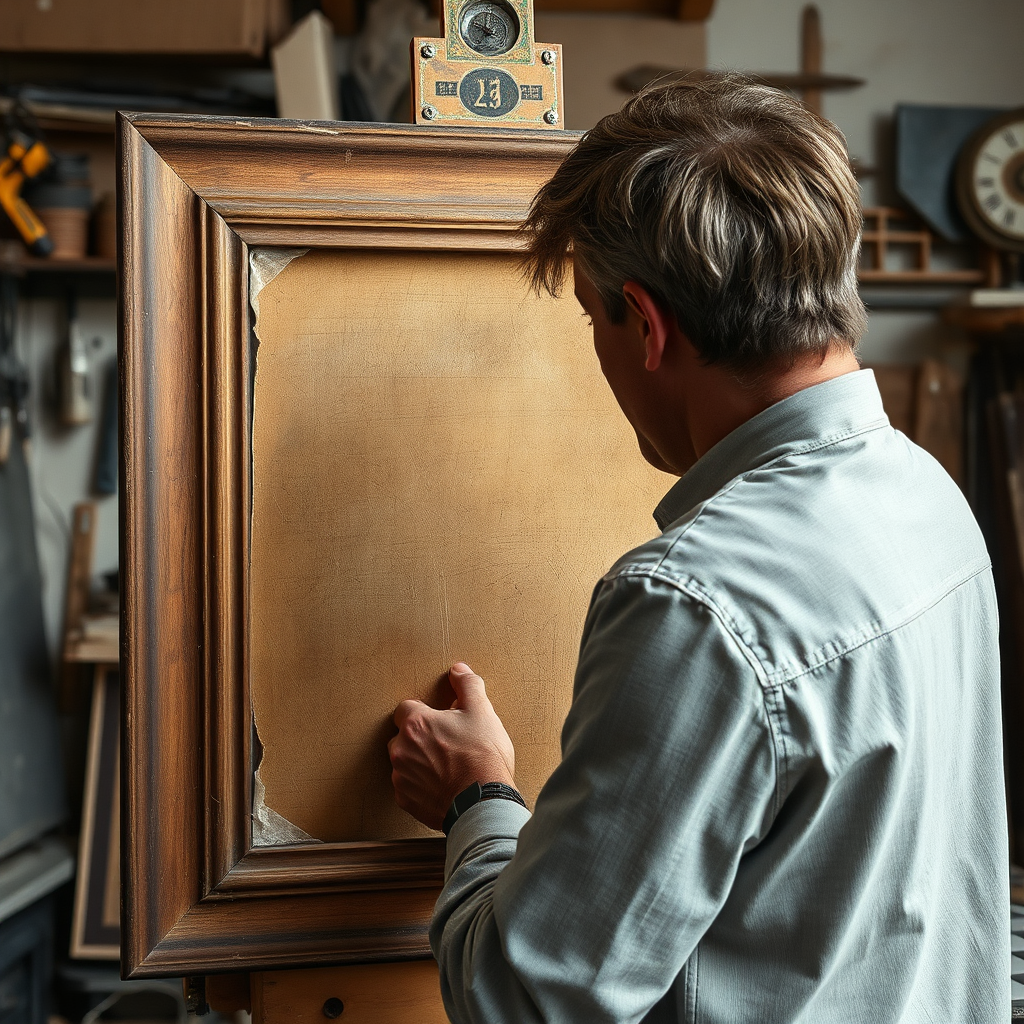
Beyond Restoration: Modern Transformations of Vintage Art
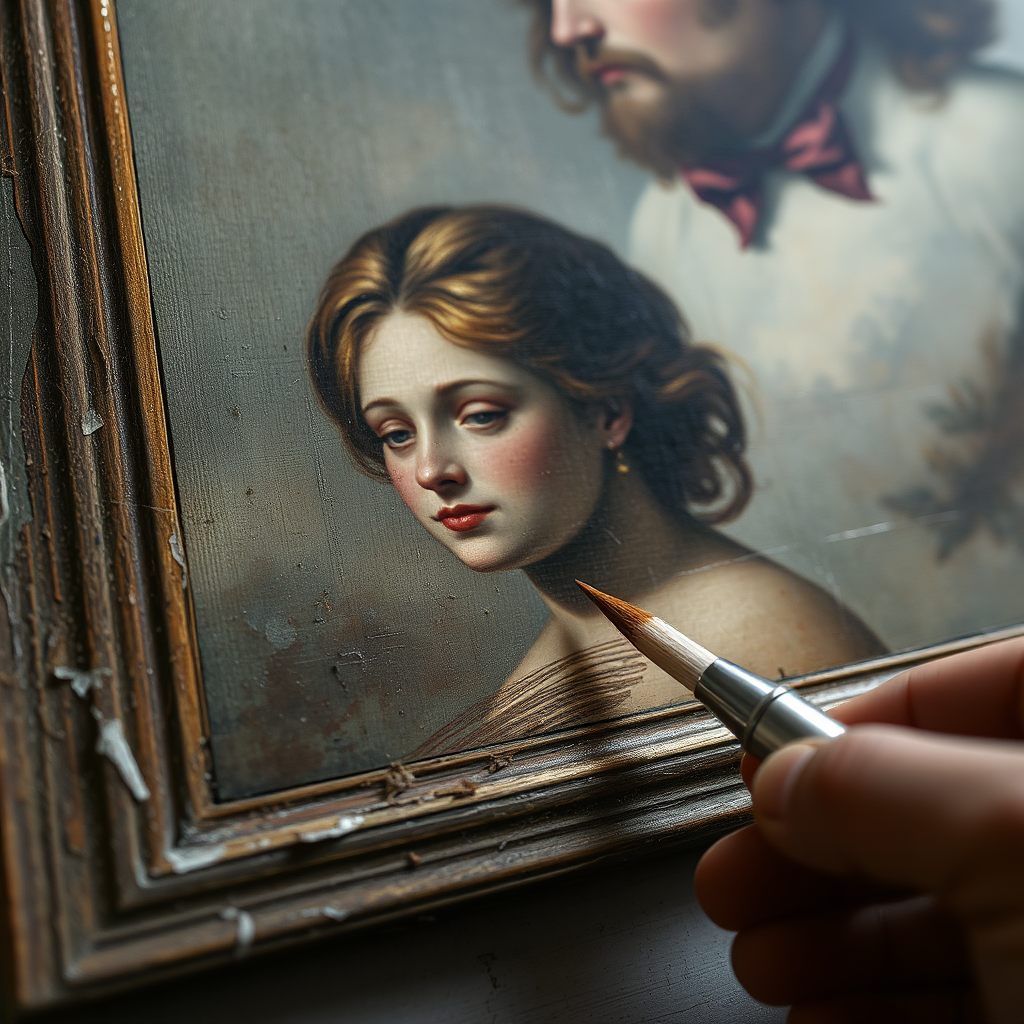
Ethical Approach
Our methods are reversible, ensuring that any future conservators can access the original artwork without impediment.
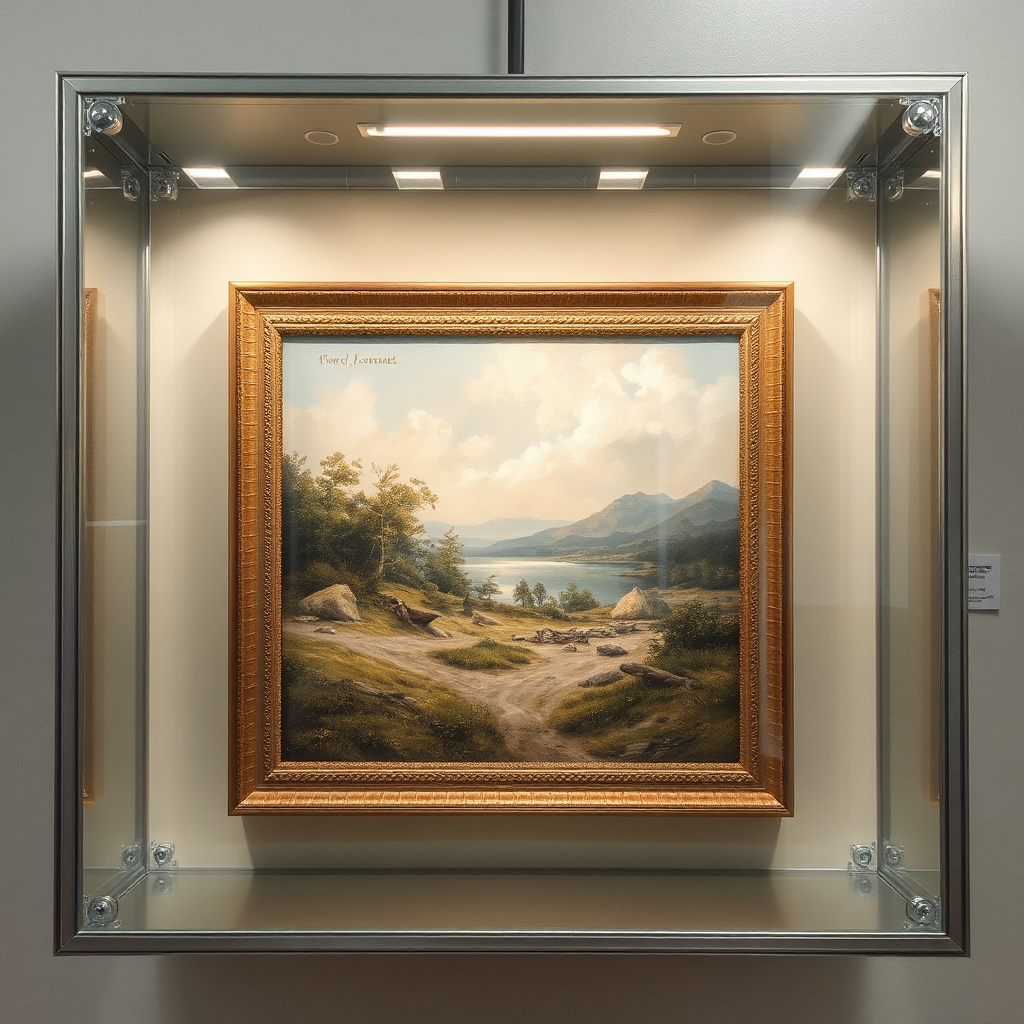
Conservation Focused
We prioritize the long-term preservation of the artwork over purely aesthetic concerns, always respecting its history.
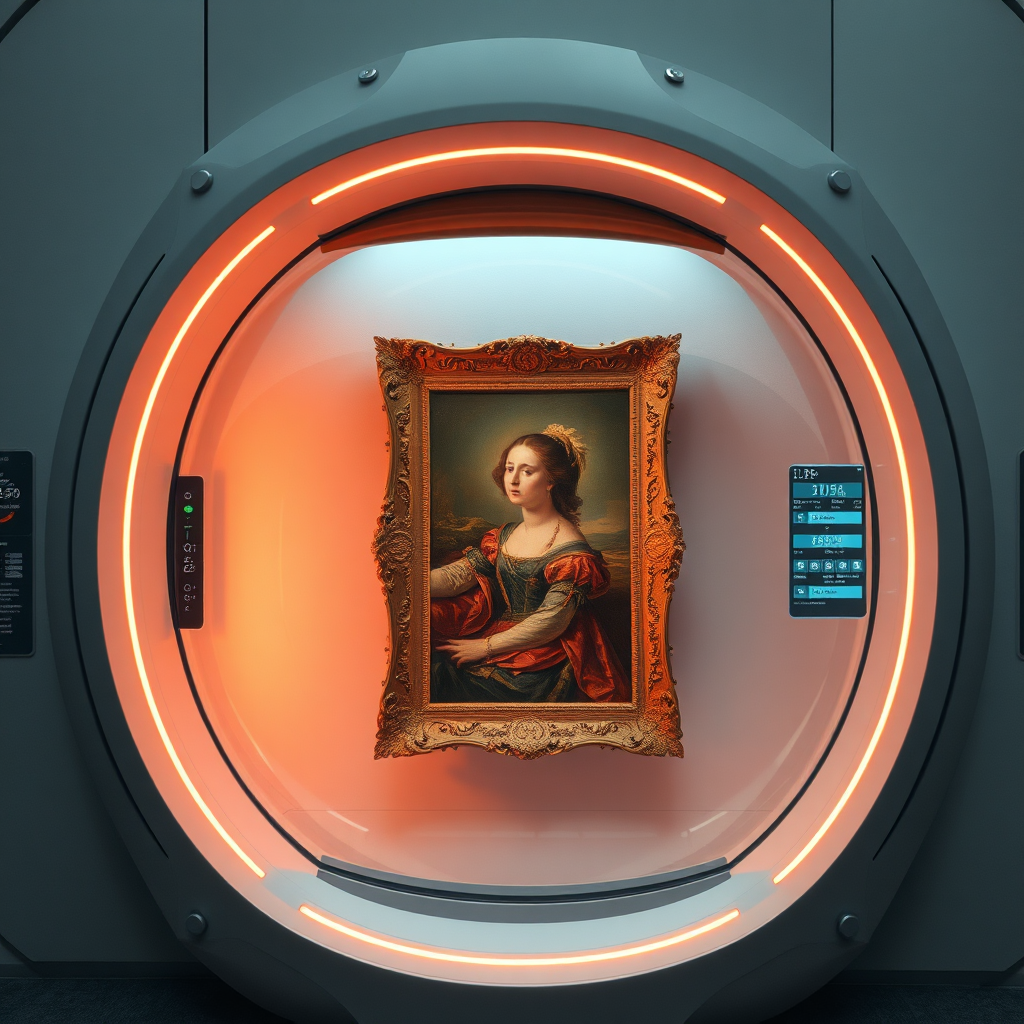
Future Proofing
Using modern archival techniques, we ensure that restored artworks remain vibrant and stable for future generations to appreciate.
Our Services

Painting Restoration
Expert restoration of oil, acrylic, and watercolor paintings, bringing them back to their original splendor.
Frame Repair & Gilding
Preserving and restoring antique frames, including cleaning, re-gilding, and structural repairs.
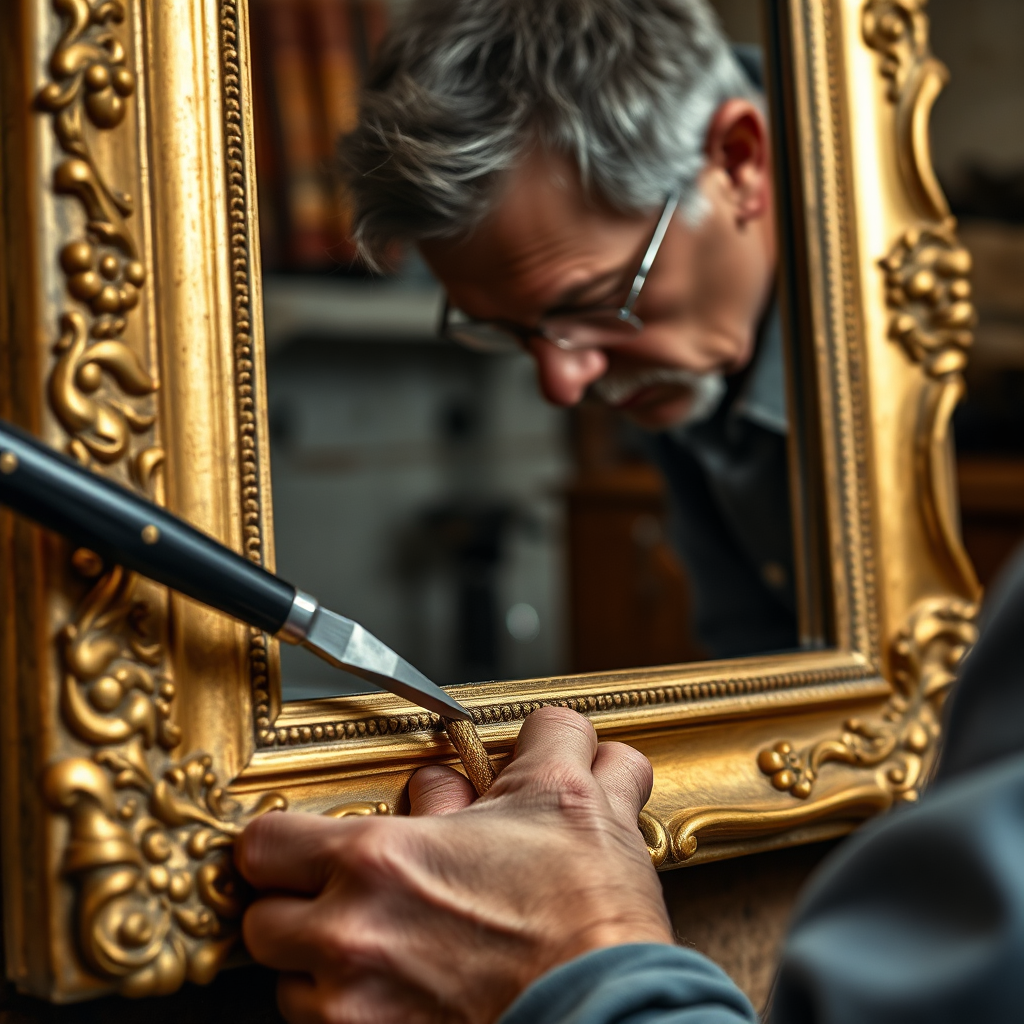
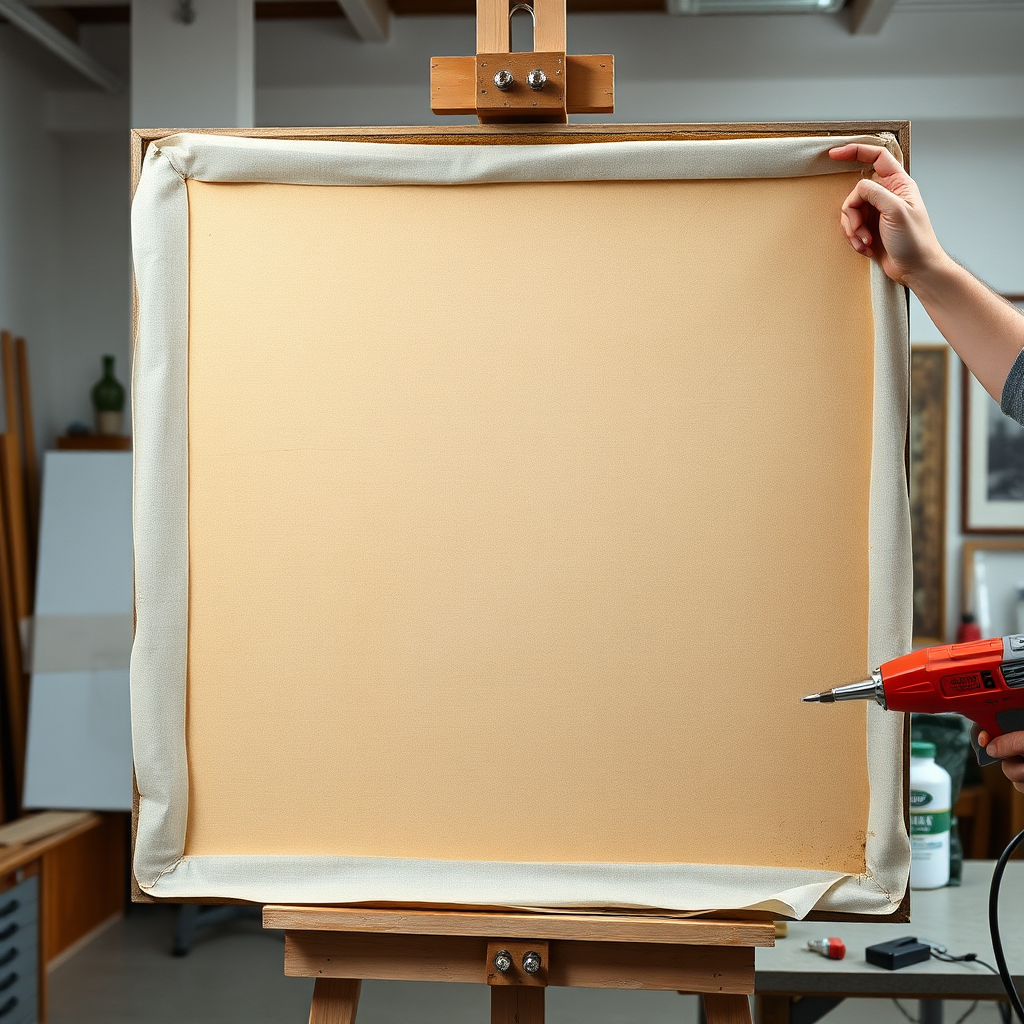
Canvas Relining
Stabilizing and reinforcing weakened or damaged canvases to ensure the artwork's longevity.
What Our Clients Say
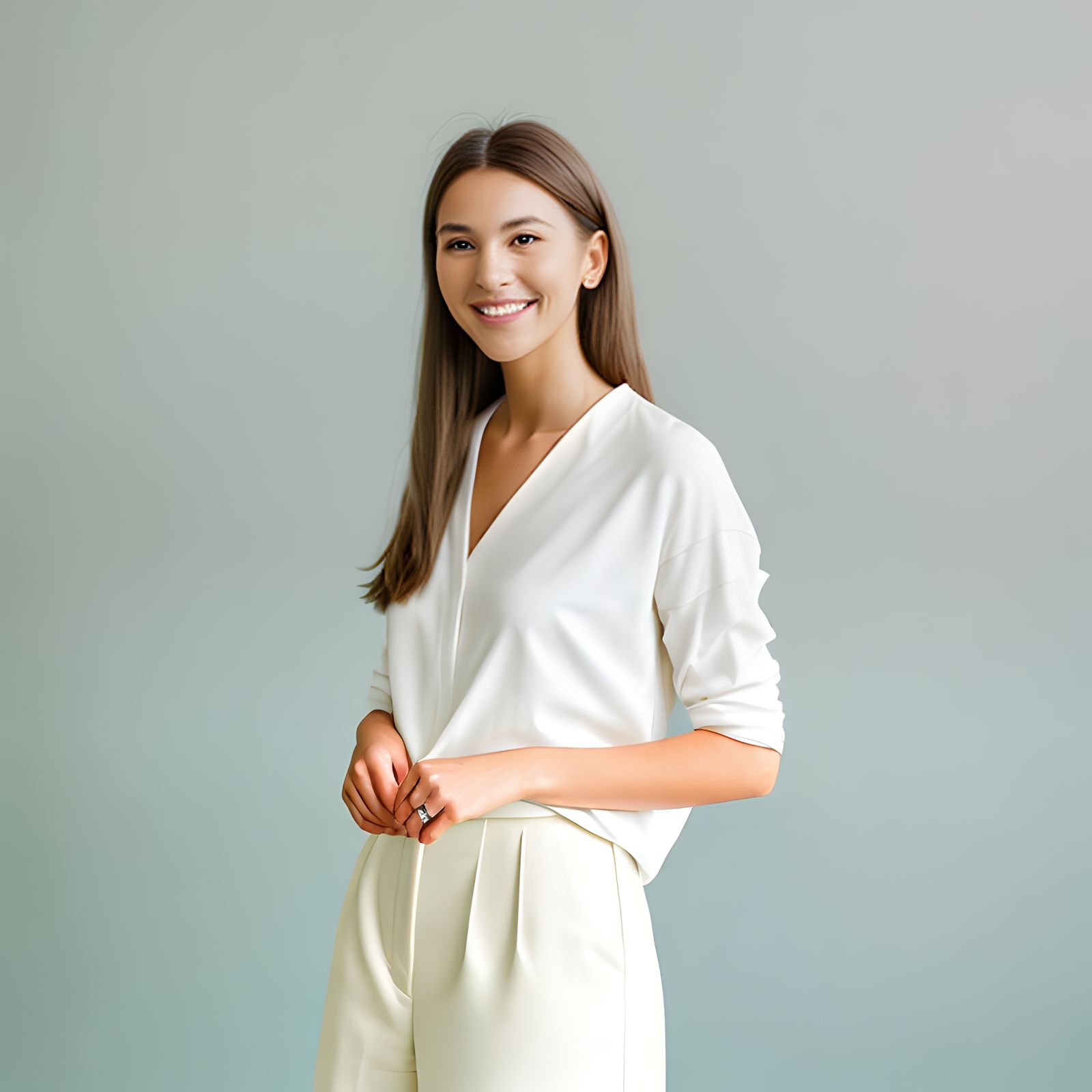
Eleanor Ainsworth
Echo Art Restoration truly brought my grandmother's portrait back to life. I'm forever grateful!
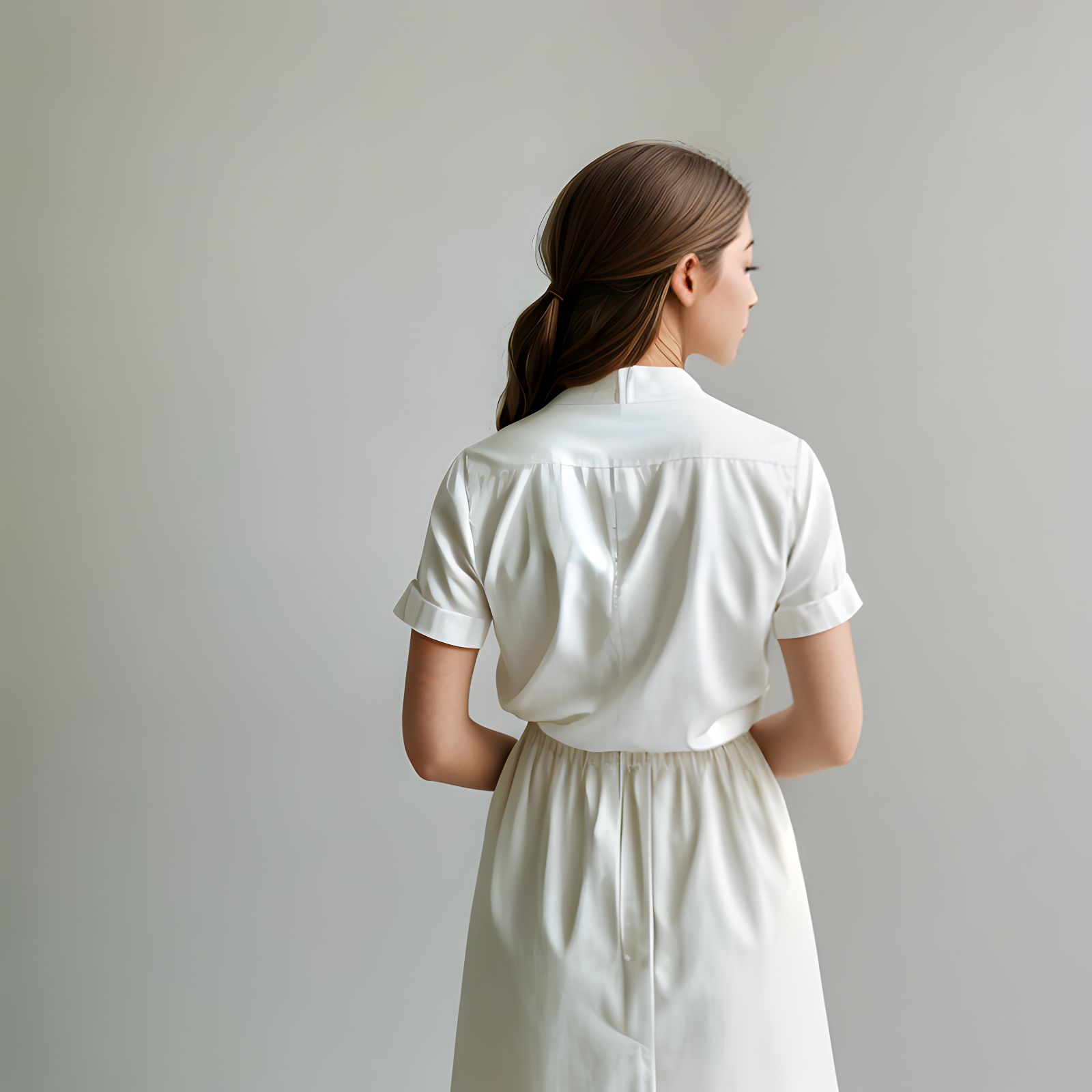
James Barrington
Incredible attention to detail and a genuine passion for preserving art. Highly recommended!
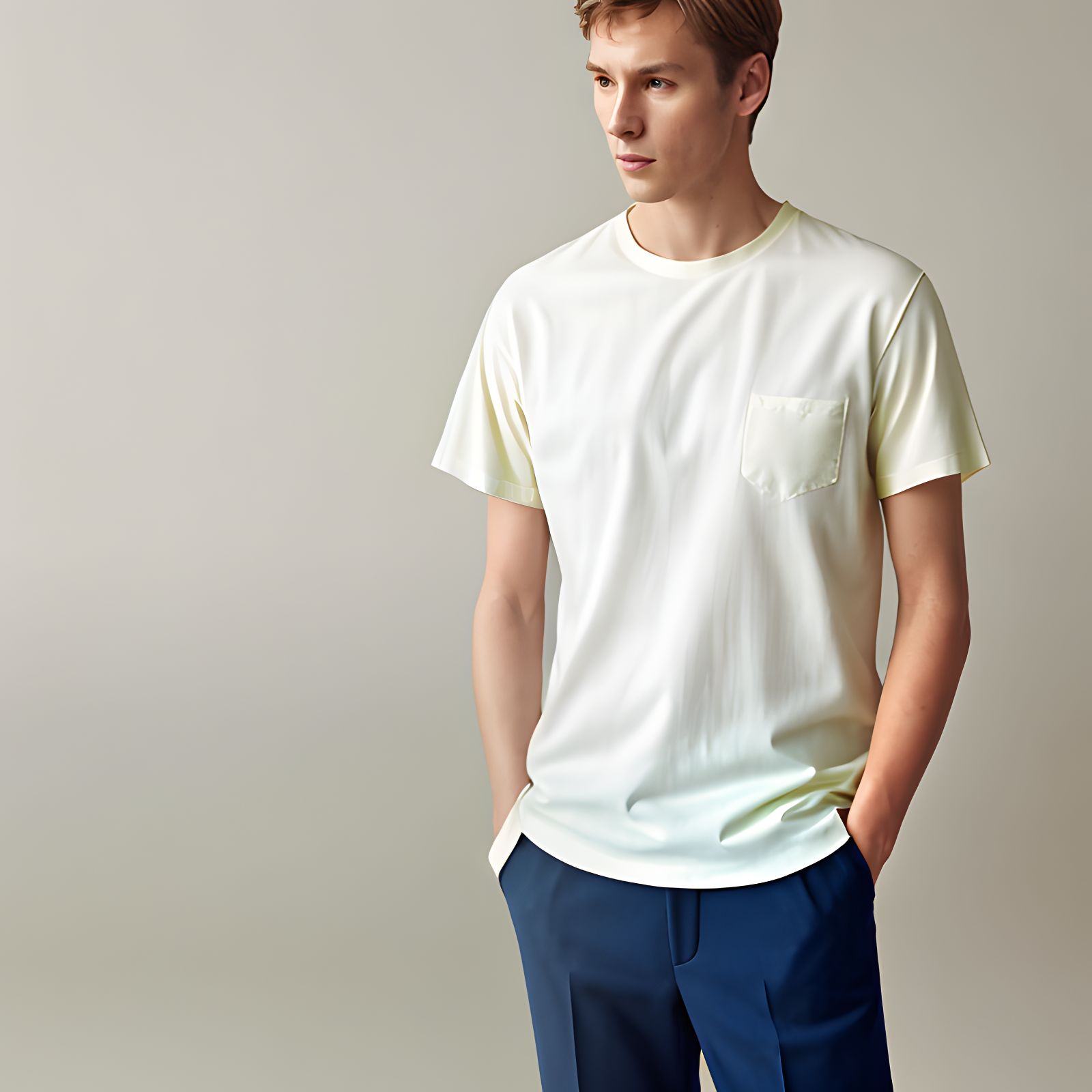
Sophia Carter
Professional, knowledgeable, and delivered beyond my expectations. A fantastic service!
